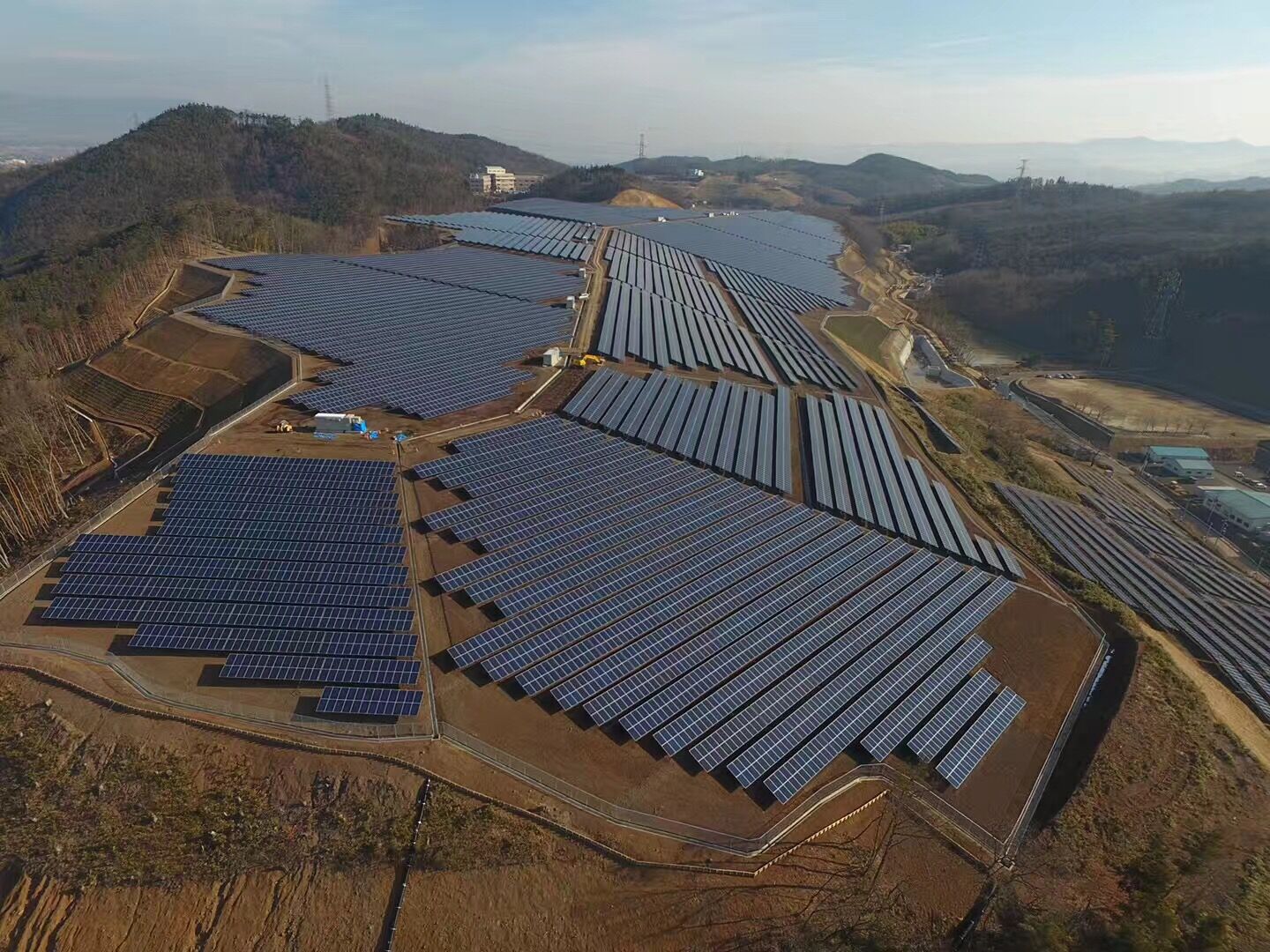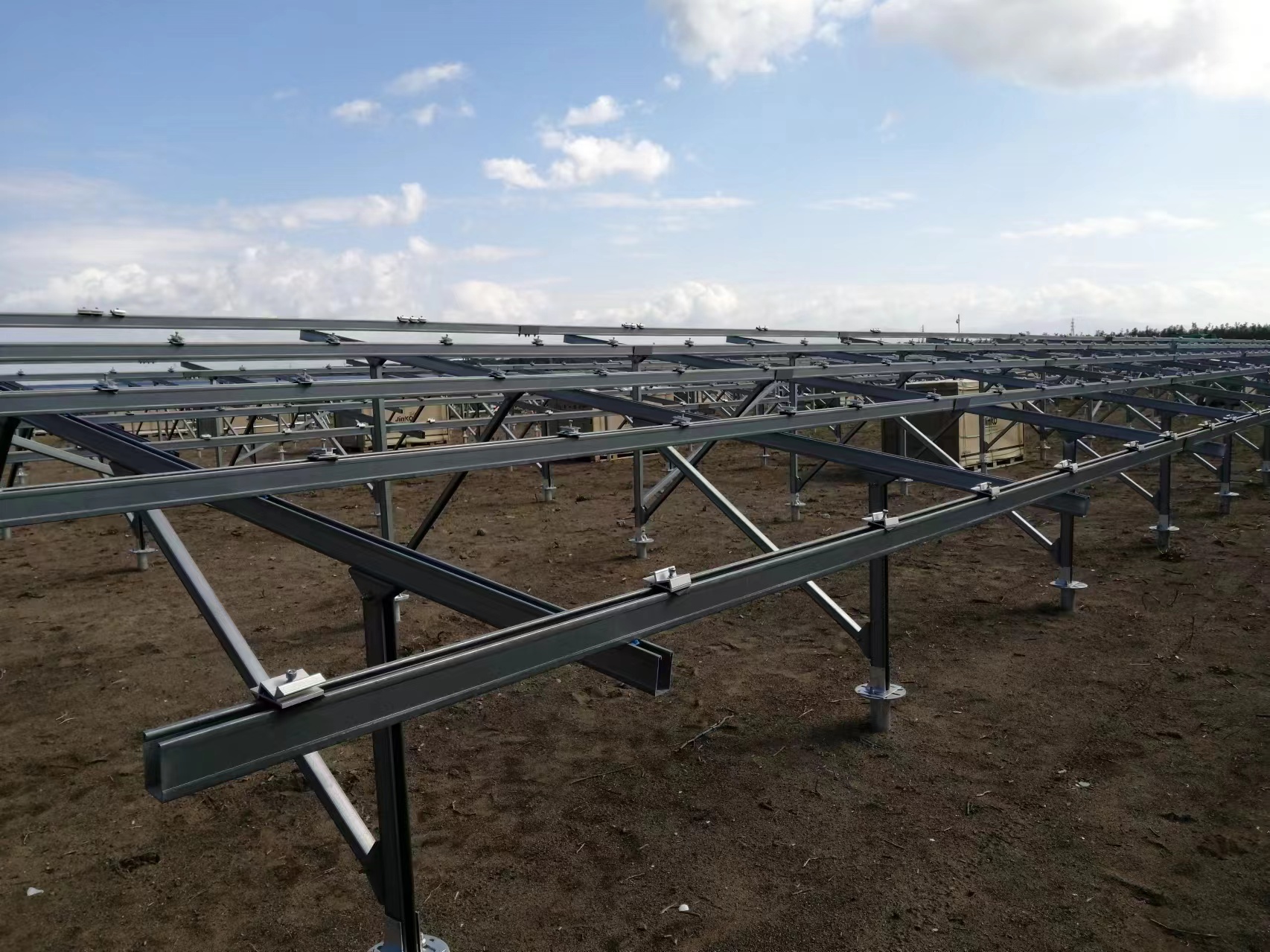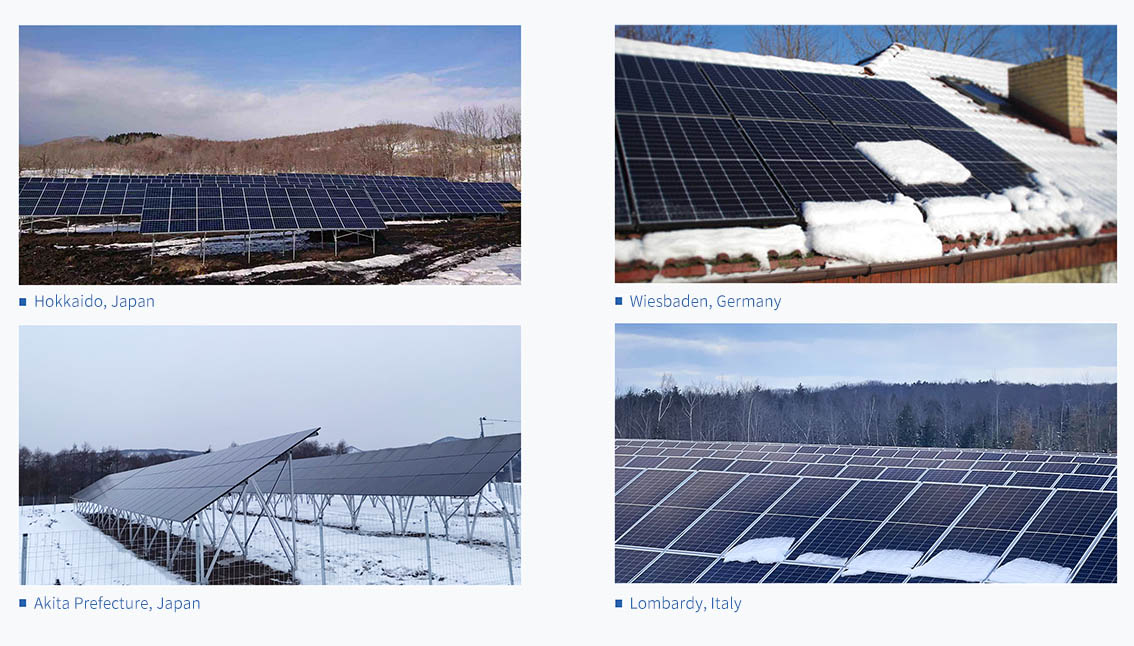La resistencia al viento de una central fotovoltaica depende en gran medida del diseño de sus estructuras de montaje. Normalmente, las estructuras de montaje solar pueden soportar vientos de hasta nivel 17. Sin embargo, en la práctica, factores como la calidad desigual de la construcción y los defectos de diseño pueden comprometer esta capacidad. Para garantizar un funcionamiento eficiente y seguro en condiciones climáticas adversas, es esencial mantener altos estándares de ingeniería, realizar un mantenimiento regular y seguir principios de diseño científicos y racionales.
Assessing the geological conditions and structural characteristics of the project site thoroughly is crucial. Understanding wind speed, direction, and other meteorological data helps in planning effective wind protection measures. Opting for hilly or mountainous terrain can enhance wind protection. The height and density of wind barriers should be adjusted based on actual conditions to maximize their effectiveness. It's also important to ensure that the design adheres to local wind and earthquake resistance standards, especially in coastal areas.

Using PV mounting structures that offer pressure resistance, stability, and sufficient rigidity and strength is key. They should also have some flexibility to adapt to wind forces. Considering wind direction and force in the layout design of the photovoltaic array is essential. Windproof measures should be used to minimize wind impact on the power station's operation. The foundation, typically made of cement in outdoor solar systems, should consider building load. Design standards usually base on local 50-year wind pressure data, requiring strict adherence to weight and concrete strength specifications.
Wind tunnel testing and numerical simulation can be used to evaluate the performance of PV mounting structures under actual wind conditions. In high-wind areas, controlling the installation angle to within 10 degrees can reduce the risk of wind damage.

Optimizing the design of PV mounting structures not only improves the efficiency of solar power generation but also extends the lifespan of the mounting structures. It reduces maintenance costs and enhances the stability and safety of power station systems in harsh environments. In actual projects, always use scientific and reliable design methods tailored to specific conditions.
If you want to know more about photovoltaic information, please follow Huge Energy!

Advantages of Huge Energy Solar PV Mounting Structures
Huge Energy solar PV mounting structures feature carefully selected materials, such as corrosion-resistant aluminum alloys, high-strength steel products and top-quality stainless steel bolt sets. Precision machining ensures durability in varied environments. Our custom design service ensures optimal mounting angles for maximum energy capture.
We offer 10-15 years of quality assurance and 25-years design life. Our "safety-first" engineering strategy has resulted in a decade of accident-free operations. Count on us for professional services from consultation through installation to ongoing maintenance.
We stand by our commitment to effective energy solutions and sustainable development. And we meet your expectations in every aspect and get your investment to the maximum return.
